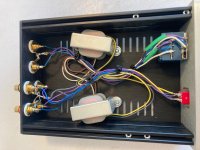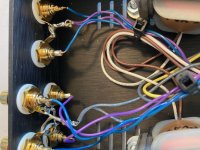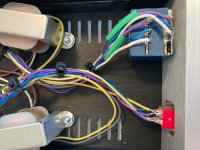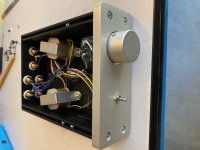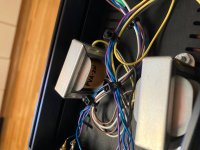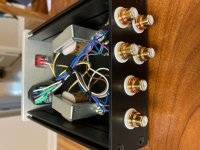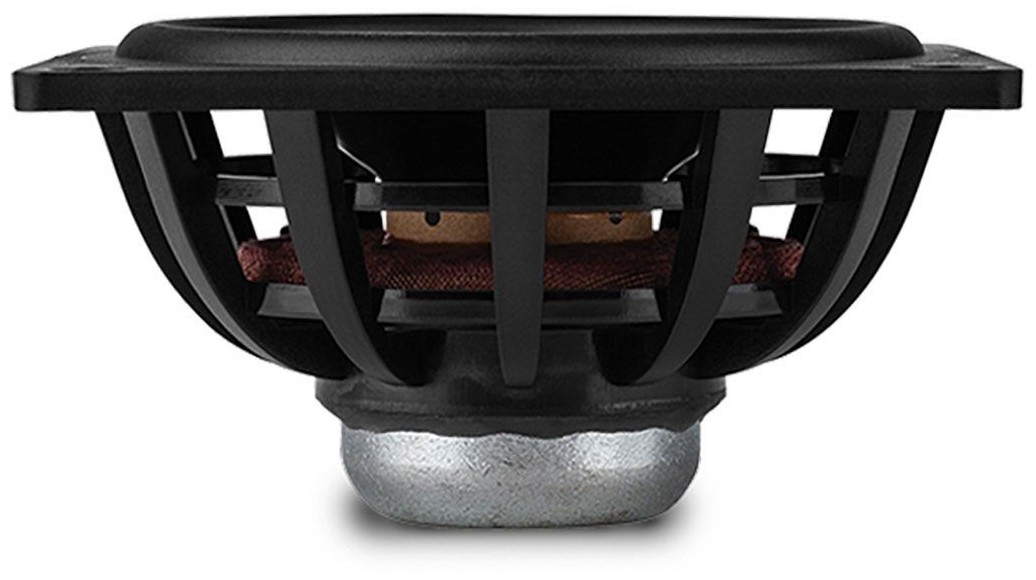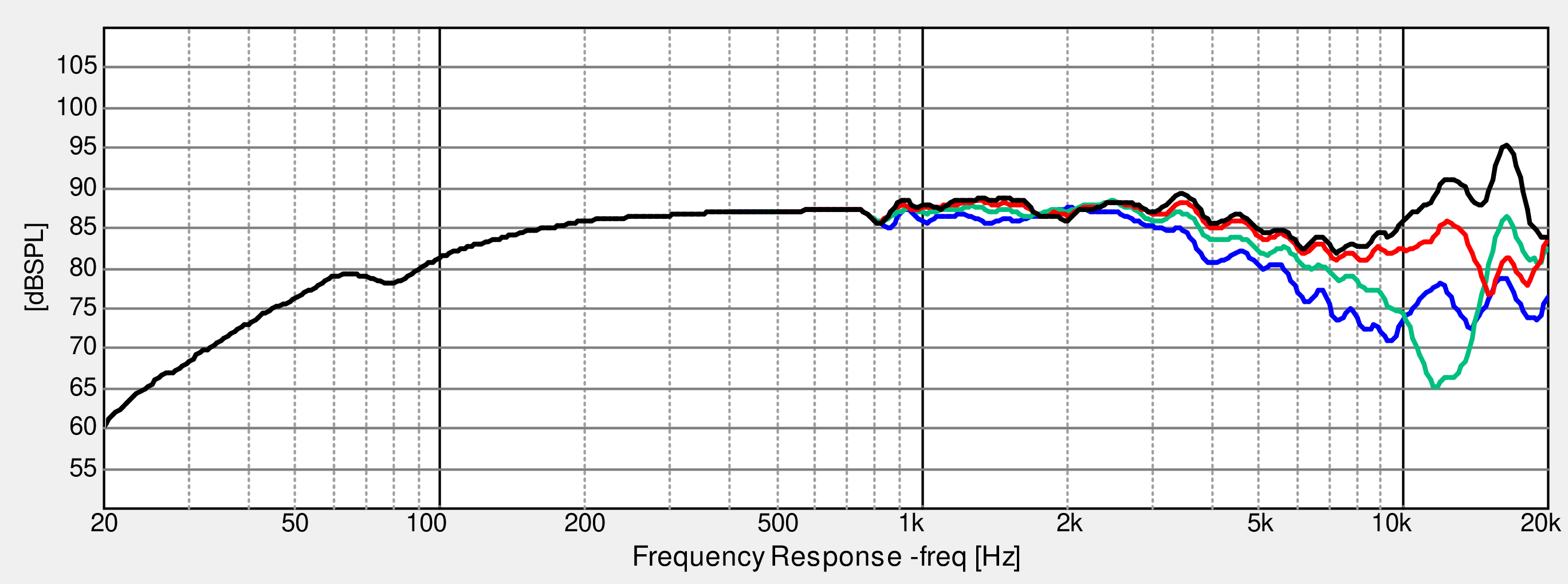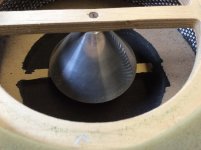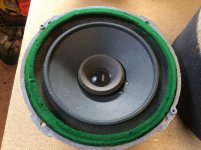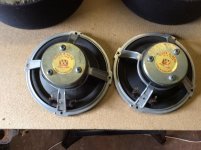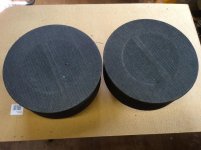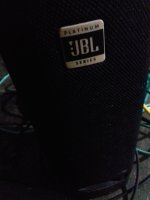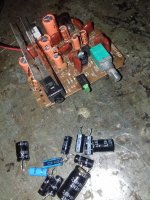Hello guys,
About half a year ago I decided to design my own high performance headphone amplifier. The idea came more from some kind of engineering challenge rather than serious need - my O2 was probably more than enough.
My designs considerations were pretty simple:
- Challenge myself and check what lowest distortion can I archive
- Decent power with ability to drive almost any headphones
- Near zero output impedance
- Safe for headphones, no DC at output and stability in any conditions
- Relatively cheap and easy to build - no unobtainable, expensive or exotic parts
After a bit of reading, tinkering and simulations I settled with composite amplifier architecture. I've considered lot of solutions including discrete buffer, LME49600, numerous models of opamps, ADSL line drivers. Every solution had its pros and cons like price, stability, output impedance, DC characteristics, output power, minimum load resistance, complexity, power dissipation limit, temperature and so on.
Finally I decided to nest already very good TPA6120A2 inside feedback loop of another operational amplifier. At this time I'm using OPA1602 but want to experiment with something else like OPA1652 or OPA1656. Especially the last one seems promising but first I need better test equipment to analyze such small distortion levels.
TPA6120A2 is almost perfect candidate apart from one thing - stability. It is current feedback operational amplifier and its stability is not so easy to tame. High attention must be paid to minimize stray capacitances at PCB.
Apart from that TI recommends at least 10 ohms of series output resistance. But this means rather high output impedance. I tried to address this issue in two ways - complex feedback, post output resistor or output inductor.
At this time I'm using ~300nH air core inductor at output. TPA6120A2 seems happy with it and output impedance is very low, about 10 miliohms. There is downside tho. Such inductors are hard to get off the shelf so I had to hand wound them. Inductors with other that air cores probably would introduce high distortions.
But there is another way. PCB can be configured to take feedback post resistor/inductor. This configuration is not so popular way of isolating capacitive load from amplifier while maintaining low output impedance. I haven't tried it yet but possibility of omitting inductor is very promising.
For power supply good, old LM317 and LM337 regulators are used with half wave rectifier. Board can be powered by AC-AC wall wart or transformer. Those wall warts are cheap and easy to use as there is no contact with potentially dangerous mains wiring.
Instead of using more common voltage divider to set output voltage I decided to use zener diodes. Dynamic resistance of zener diode is lower than required resistor which should result in lower output noise. By default 13V zeners yields about +/- 14.5V at output with less than 10mV difference between negative and positive rails.
Cadj capacitors are of course present. There are two LEDs at both rails. Besides being indicators they run at relatively high current, providing constant load to regulators which keeps low output impedance of power supply.
Whole PCB was designed in free and open source software - KiCad. Simulations were done in LTspice.
3D render, real photo taken before mounting my ugly hand wound inductors and schematics could be found in attachment.
What are my plans for future?
- Learn CAD software to design enclosure and order it at CNC workshop
- Acquire/build equipment allowing me to measure true performance of amplifier (aiming <-130 dB THD)
- Adding micro controller (probably STM32) used for monitoring amplifier - temperatures, DC offset, failure, relay control and etc.
- Maybe bigger version with XLR input, preamp output, switchable gain and Alps RK27 volume control?
